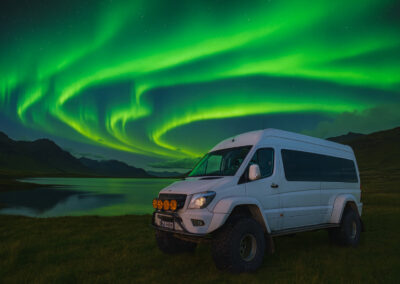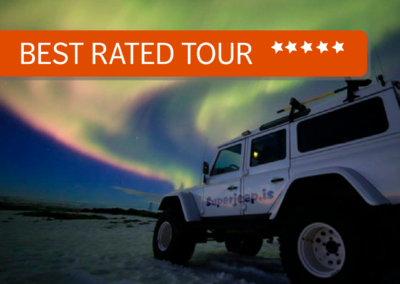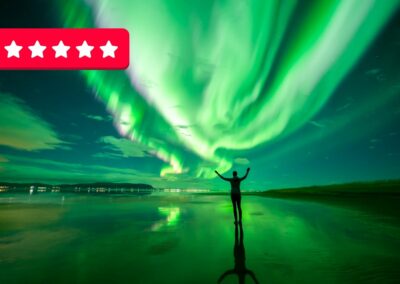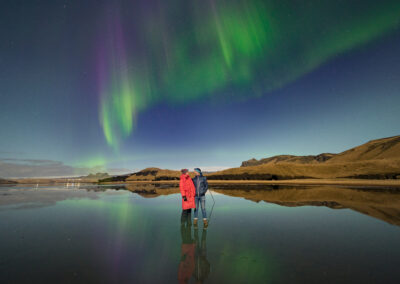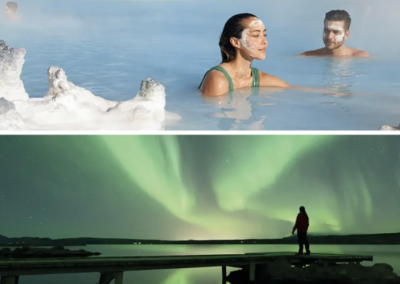LA GUÍA DEFINITIVA PARA VER LAS AURORAS BOREALES EN ISLANDIA EN 2024/25
Mejores momentos
Mejores lugares
Mejores tours
¡Aquí tienes todo lo que necesitas saber para hacer realidad tu sueño de ver la aurora!
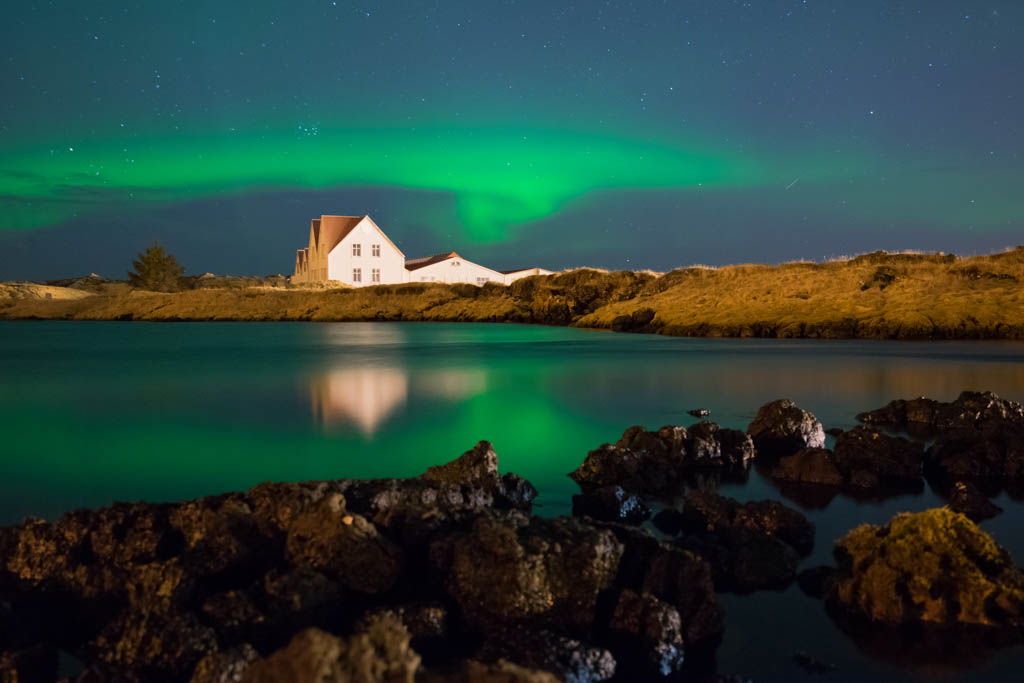
Auroras Boreales en Straumur, una antigua granja cerca de Reykjavík
¿Qué son las Auroras Boreales?
¿Cuál es el mejor momento para ver Auroras Boreales?
Mejores formas de ver la Aurora Boreal en Islandia
¿Cuáles son mis posibilidades de ver las auroras y cómo puedo aumentarlas?
Mejores lugares para ver la Aurora Boreal en Islandia
¿Qué tengo que llevar para mi aventura con las auroras boreales?
Cómo aumentar tus posibilidades de ver Auroras Boreales en Islandia
Presenciar las Auroras Boreales en Islandia es un sueño para muchos, pero requiere una combinación de conocimiento, paciencia y un poco de suerte. Aunque la Aurora Boreal es una maravilla natural, existen factores clave que pueden mejorar significativamente tus posibilidades de ver un espectáculo impresionante. Esto es lo que necesitas saber:
Factores clave para una búsqueda satisfactoria de Auroras Boreales
1️⃣ Oscuridad
2️⃣ Cielos despejados
3️⃣ Actividad solar
4️⃣ Mínima contaminación lumínica
Vamos a analizar cada factor en detalle:
Oscuridad – La base de toda caza de auroras
Para ver las Auroras Boreales, son esenciales los cielos oscuros. Esto convierte la búsqueda de la aurora en una actividad nocturna.
En Islandia, los mejores meses para presenciar las Auroras Boreales son desde finales de agosto hasta mediados de abril, cuando las noches son largas y los cielos lo suficientemente oscuros como para observar la actividad auroral.
Aunque es posible ver las auroras desde Reikiavik en una noche muy activa, tu mejor oportunidad es dirigirte a áreas más remotas donde la luz artificial no interfiera.
Cielos despejados – No Nubes, No Aurora
Las Auroras Boreales ocurren muy por encima de los sistemas meteorológicos de la Tierra, lo que significa que la cobertura de nubes puede bloquear tu vista. Para maximizar tus posibilidades, consulta el pronóstico de las Auroras Boreales, que ofrece una visión general actualizada regularmente sobre la cobertura de nubes en Islandia.
El clima de Islandia es altamente impredecible, y las condiciones pueden cambiar en cuestión de minutos. Debido a esto, los operadores turísticos suelen esperar hasta la tarde para decidir si las condiciones son lo suficientemente buenas como para realizar un tour de Auroras Boreales.
🔍 Si planeas perseguir las auroras por tu cuenta, te recomendamos consultar los pronósticos de nubes justo antes de salir. Algunos sitios populares incluyen vedur.is y belgingur.is, ambos ofrecen mapas de nubes en tiempo real.
Actividad solar – El poder detrás de la aurora
La intensidad de las Auroras Boreales depende de la actividad solar, que se mide mediante el índice KP. El índice varía de 0 a 9, siendo los números más altos indicativos de una mayor actividad y mejores posibilidades de ver un espectáculo colorido.
💡 Consejo profesional: ¡En Islandia no necesitas un índice KP alto para ver las auroras! Incluso un KP 2 o KP 3 puede resultar en un hermoso espectáculo de auroras, especialmente en áreas con cielos oscuros y clima despejado.
Sin embargo, es importante recordar que el índice KP es una previsión, no una garantía. Hemos visto noches con predicciones de KP 7 en las que no aparecieron auroras, y otras noches con predicciones de KP 2 en las que el cielo danzaba con auroras.
🔗 Puedes monitorear el índice KP actual aquí
Contaminación lumínica – Get Away from City Lights
Para ver la Aurora Boreal en su mejor versión, aléjate de la contaminación lumínica. Cuanto más lejos estés de las ciudades y las fuentes de luz artificial, más vibrante será el espectáculo.
Consejo profesional: ¡Recuerda que la Luna también crea contaminación lumínica! Si esperas capturar las fotos más vívidas de la Aurora, planifica tu viaje alrededor de una Luna nueva o en un momento en el que la luz de la luna sea mínima.
¿De qué color puede mostrarse la Aurora Boreal?
El color más común de la aurora que verás es el verde vibrante, pero dependiendo de los elementos que se ionizan en la atmósfera, los colores pueden variar. Las auroras boreales pueden ir desde blanco y verde pálido hasta rosa, morado e incluso tonos de rojo.
- Verde: Causado por el oxígeno a altitudes más bajas (hasta 150 km).
- Rojo: Causado por el oxígeno a altitudes más altas (por encima de 150 km).
- Rosa y morado: Una mezcla de reacciones entre nitrógeno y oxígeno.
- Blanco: A menudo una mezcla de colores que parecen tenues a simple vista, pero que se muestran más vívidos en las fotos.
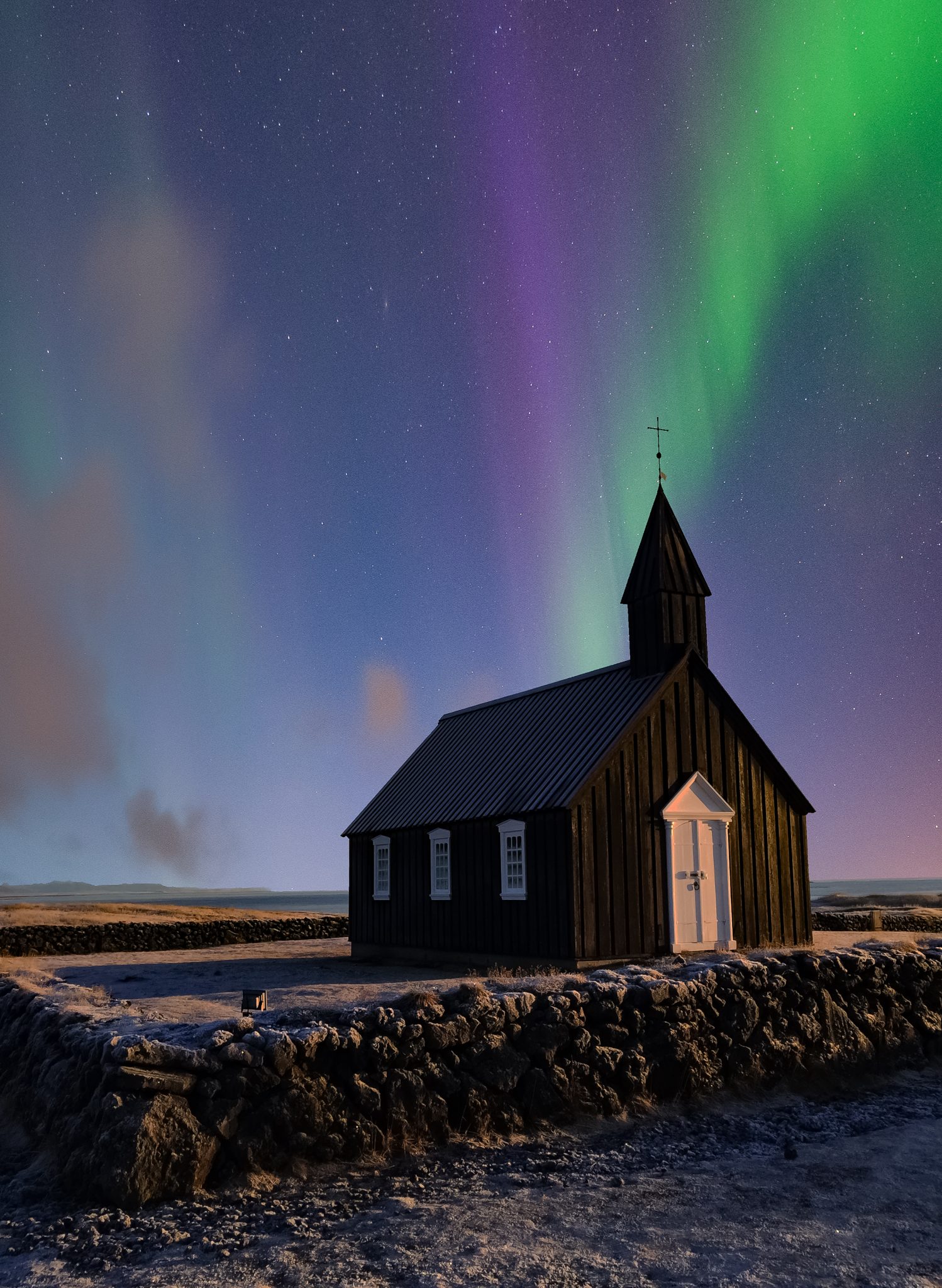
Aurora Boreal en Búðir
¿Cuál es el mejor momento para ver Auroras Boreales?
La temporada de auroras en Islandia va desde finales de agosto hasta mediados de abril, y cualquier momento dentro de este período ofrece buenas oportunidades para presenciar la magia de las auroras boreales. Cada mes tiene su propio encanto y ventajas, pero estadísticamente, las auroras boreales son más activas alrededor de los equinoccios, en septiembre/octubre y marzo/abril.
Como fotógrafos de auroras boreales, personalmente nos encanta septiembre/octubre – aquí te contamos por qué.
Cómo ver la Aurora Boreal en Islandia
Tienes varias opciones para ver las Auroras Boreales en Islandia:
- Buscar Auroras Boreales en Reikiavik,
- Unirte a un tour guiado,
- Alquilar un coche y cazar por tu cuenta,
- Tomar un crucero nocturno para ver las auroras boreales.
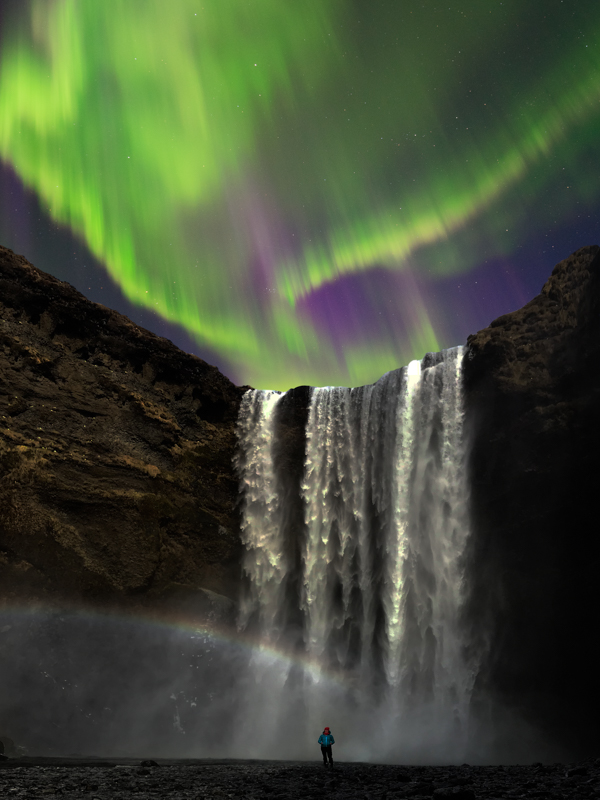
Aurora Boreal en Skógafoss
Cazar las Auroras Boreales en Reikiavik: ¿Se Puede Ver la Aurora desde la Ciudad?
Una de las más preguntas más frecuentes de los aspirantes a cazadores de auroras es:
“¿Puedes ver la aurora boreal desde Reykjavík?”
La respuesta es sí, pero solo si las condiciones son favorables.
Auroras Boreales en la Ciudad: Qué Esperar
Aunque es posible ver la Aurora desde dentro de Reykjavík, la experiencia no será tan gratificante como cuando te diriges a zonas rurales más oscuras. La contaminación lumínica de las farolas, edificios y coches de la ciudad afecta significativamente tu capacidad para ver claramente las Auroras Boreales.
A menudo lo comparamos con ver una película en el cine con las luces encendidas: puedes ver lo que está en la pantalla, pero no será ni de cerca tan vívido ni mágico. Lo mismo ocurre con la Aurora: el polvo y la luz artificial hacen que las luces aparezcan más tenues y menos coloridas para el ojo humano.
Encuentra aquí los mejores lugares para ver la Aurora Boreal en Reikiavik.
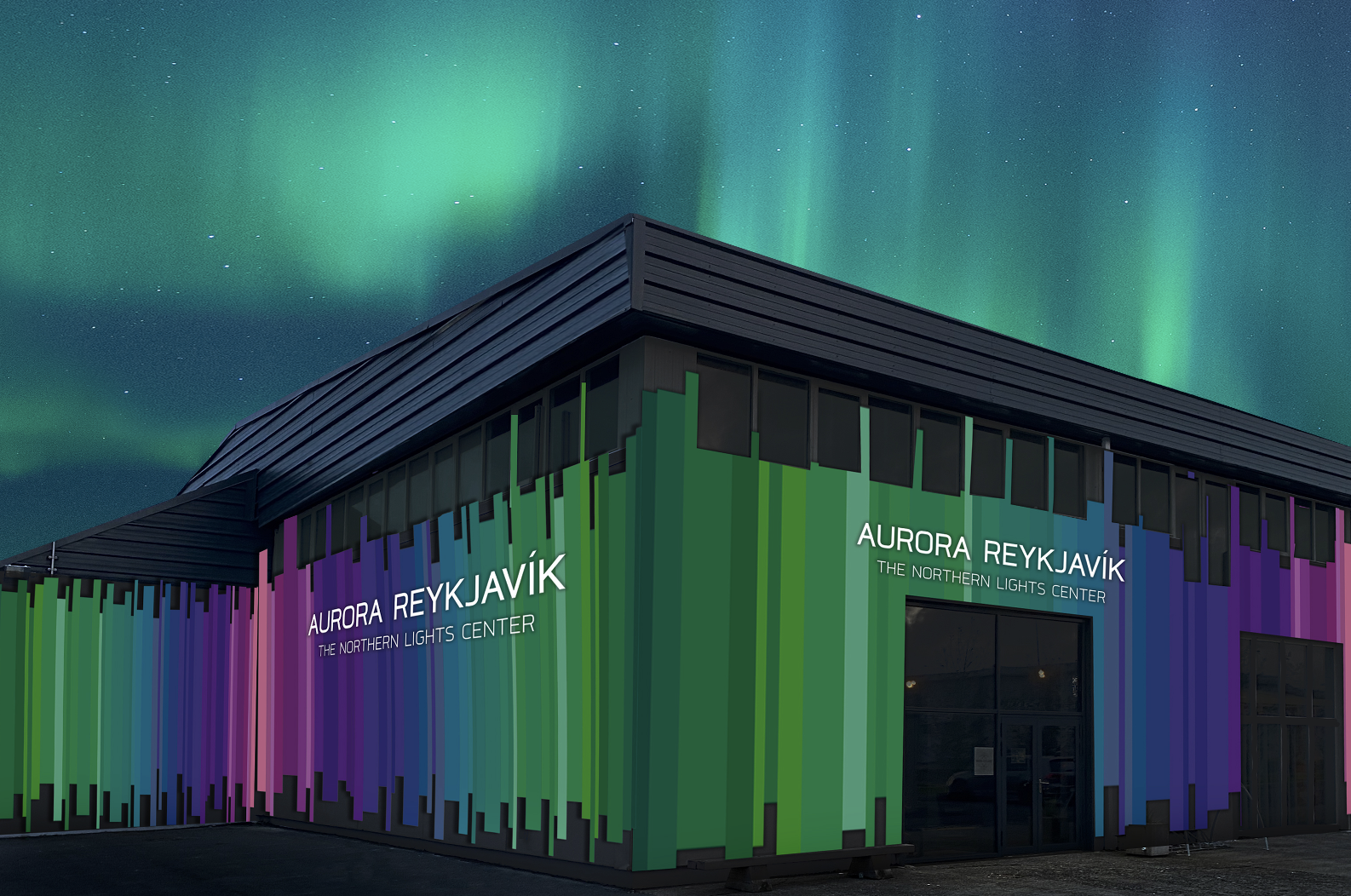
Aurora Boreal sobre Aurora Reykjavík
Unirse a un tour guiado de Auroras Boreales
La forma más común de buscar la Aurora Boreal es realizar una excursión guiada. Varios operadores turísticos organizan excursiones regularmente desde septiembre hasta abril, ofreciendo una amplia variedad de tours para todos los presupuestos y preferencias personales:
- tours en autobús y minibús,
- tours en superjeep,
- tours fotográficos,
- tours privados,
- y una variedad de tours en combo que vale la pena considerar
Tan impredecible como puede ser la Aurora, los operadores turísticos hacen todo lo posible para que puedas verla y convertirla en una experiencia verdaderamente única. Si tu tour se cancela debido a condiciones meteorológicas desfavorables o no se logran ver las luces, tendrás la oportunidad de reprogramarlo o intentarlo de nuevo sin coste adicional.
Unirse a una visita guiada suele ser una elección acertada por varias razones:
- Estarás bajo la guía de un experto que sabe dónde encontrar las luces y cómo fotografiarlas,
- Podrás llegar fácilmente a zonas donde la previsión sea más prometedora,
- Viajarás con personas que comparten tus mismos intereses,
- No tendrás que preocuparte por conducir en las duras condiciones invernales de Islandia.
Aquellos con un presupuesto ajustado apreciarán los tours en autobús a precios razonables, que te llevarán a la búsqueda de las luces sin gastar demasiado.
Los tours en minibús ofrecen una experiencia de grupo reducido y, a menudo, incluyen extras valiosos como bebidas calientes a bordo o fotos tuyas bajo las Auroras Boreales tomadas por tu guía experto. Estas excursiones se realizan en vehículos más pequeños que los tours regulares en autobús, lo que permite mayor flexibilidad al buscar el lugar ideal para ver la Aurora.
Si quieres convertir tu búsqueda de las Auroras Boreales en una experiencia única en la vida, te recomendamos encarecidamente elegir un tour en super jeep. Estas excursiones ofrecen, sin duda, la experiencia más personal e inmersiva y las mayores posibilidades de presenciar un espectáculo espectacular, a menudo fuera de los caminos habituales.
Puedes encontrar nuestros tours favoritos aquí.
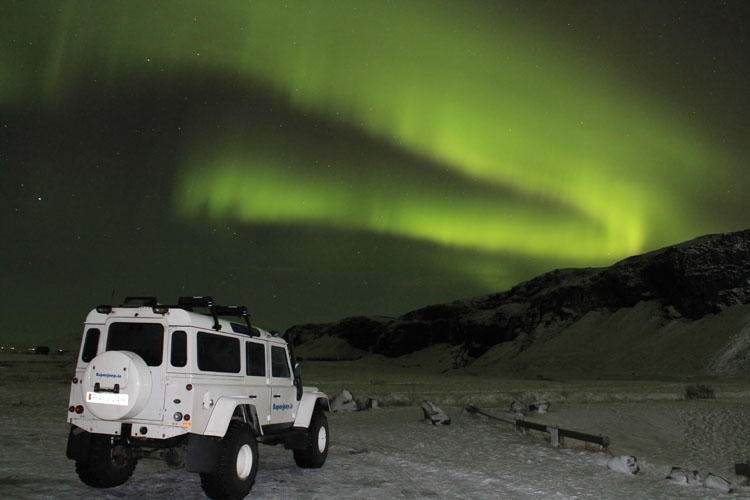
Foto de nuestro popular tour en Superjeep para ver las Auroras Boreales
Unirte a un crucero nocturno de Auroras Boreales
Otra forma de vivir una experiencia inolvidable con las Auroras Boreales es unirse a un crucero nocturno para ver la Aurora. Los cruceros están diseñados para ofrecer comodidad, con áreas interiores calefactadas que incluyen un bar y aseos, además de trajes térmicos disponibles para observar las Auroras desde las cubiertas.
Ten en cuenta que los barcos no ofrecen el mismo grado de movilidad que los tours en autobús o jeep, y debido al movimiento del barco, fotografiar las Auroras con configuraciones de larga exposición puede resultar complicado.
La principal fortaleza de un crucero para ver las Auroras Boreales no es tanto la "búsqueda" de las luces en sí, sino la experiencia de estar en el mar, los paisajes encantadores y las impresionantes vistas del horizonte de Reykjavík o Akureyri bajo la Aurora.
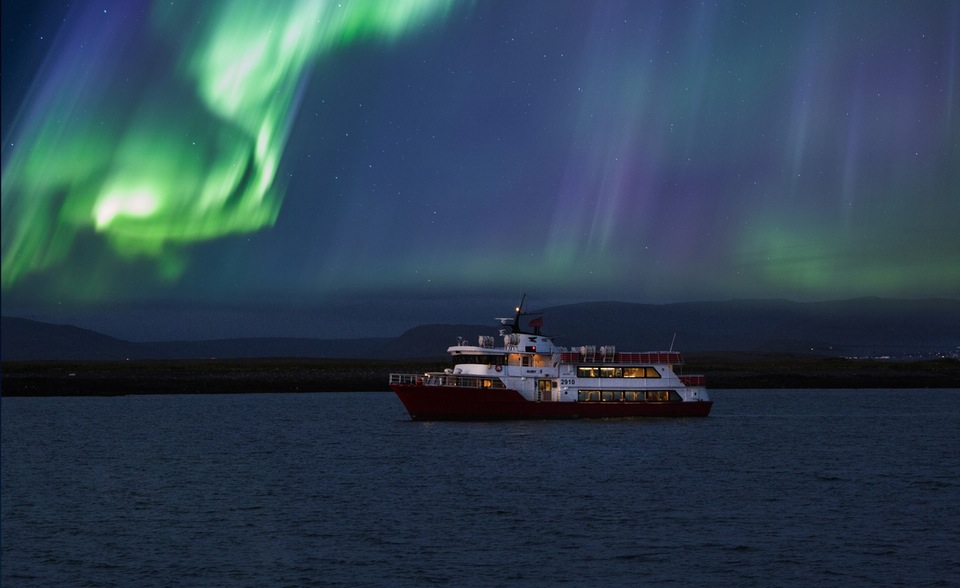
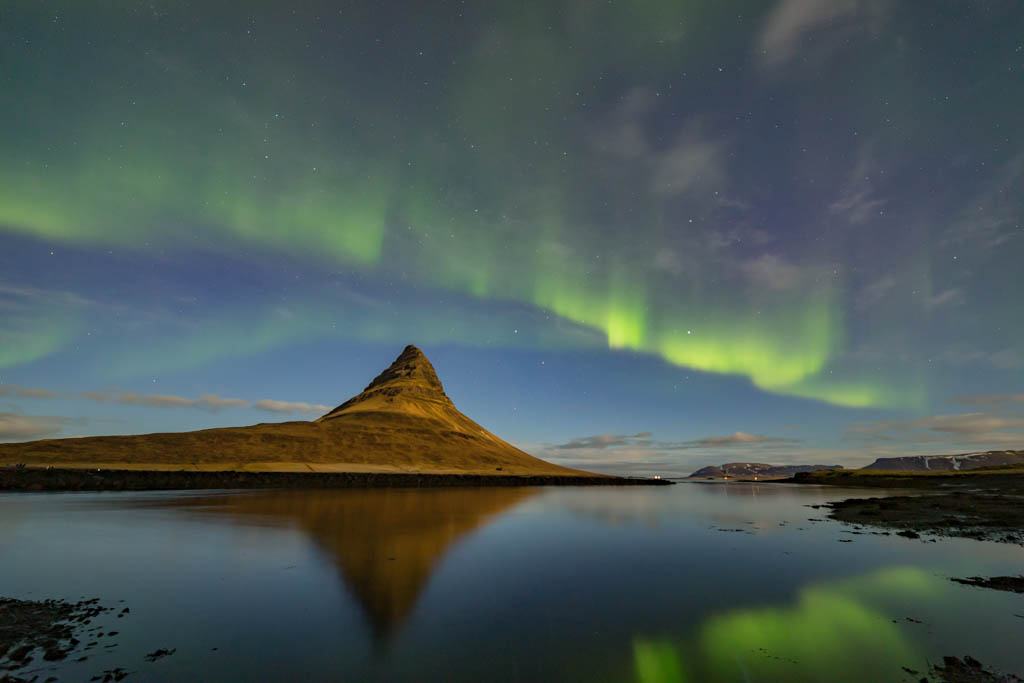
Aurora Boreal en Kirkjufell
¿Cuáles son mis posibilidades de ver las auroras y cómo puedo aumentarlas?
El Sol emite constantemente plasma, y las posibilidades de ver las Auroras Boreales suelen ser bastante buenas si tienes en cuenta algunos puntos:
1. Considera un tour guiado con un guía experimentado
La búsqueda de las Auroras Boreales puede ser complicada, por lo que te recomendamos encarecidamente confiar en el conocimiento y la experiencia de un guía turístico local. A menudo, la gente no logra ver las luces por razones muy simples, como estar en el lado equivocado de una cordillera, mientras las luces bailan alegremente escondidas detrás de los picos.
2. Planea la longitud de tu estancia en Islandia con sabiduría
Las Auroras Boreales tienden a ser muy activas durante 2-3 noches, seguidas de 4-5 noches más tranquilas, en ciclos continuos. Cuanto más larga sea tu estancia, mayores serán tus posibilidades de verlas.
3. Reserva tu tour para el primer día de tu estancia
Si tu tour se cancela en la primera noche disponible debido a condiciones meteorológicas desfavorables o no logras ver las luces, todavía tendrás tiempo para reprogramarlo o aprovechar tu segundo intento gratuito. Y, aunque tengas suerte y las veas en tu primer tour, ¡quizá quieras intentarlo de nuevo por tu cuenta las noches siguientes!
4. La paciencia es la clave
Las Auroras Boreales tienden a aparecer alrededor de la medianoche magnética, lo que equivale a las 11 p. m. en horario islandés. Sin embargo, pueden ocurrir en cualquier momento, siempre que haya oscuridad. Abrígate bien, prepara un termo de chocolate caliente y una manta, ¡y prepárate para una larga noche bajo el cielo ártico!
Mejor lugares para ver la Aurora en Islandia
Gracias a la ubicación ideal de Islandia bajo el óvalo auroral, tus posibilidades de ver las Auroras Boreales son bastante similares en todo el país. La clave para una búsqueda exitosa es encontrar cielos despejados y oscuros, lejos de la contaminación lumínica y la cobertura de nubes.
Dicho esto, aquí tienes algunos de nuestros lugares favoritos para perseguir las Auroras Boreales:
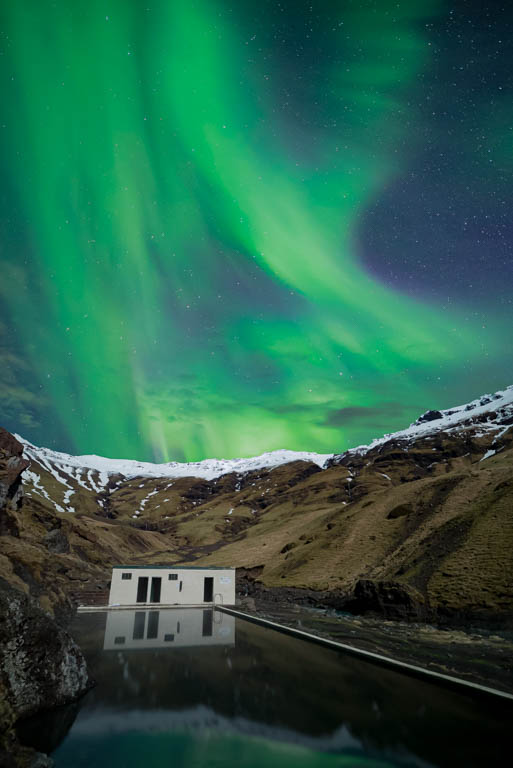
Aurora Boreal en Seljavallalaug
- Estar junto a un lago que no está congelado, como Þingvellir, ofrece la oportunidad de presenciar reflejos increíbles.
- El Blue Lagoon no solo es un lugar perfecto para darse un relajante baño, sino también para observar algunas hermosas exhibiciones aurorales.
- Las innumerables cascadas en la costa sur de Islandia, como Skógafoss, crean un escenario perfecto como primer plano para impresionantes fotografías de auroras boreales.
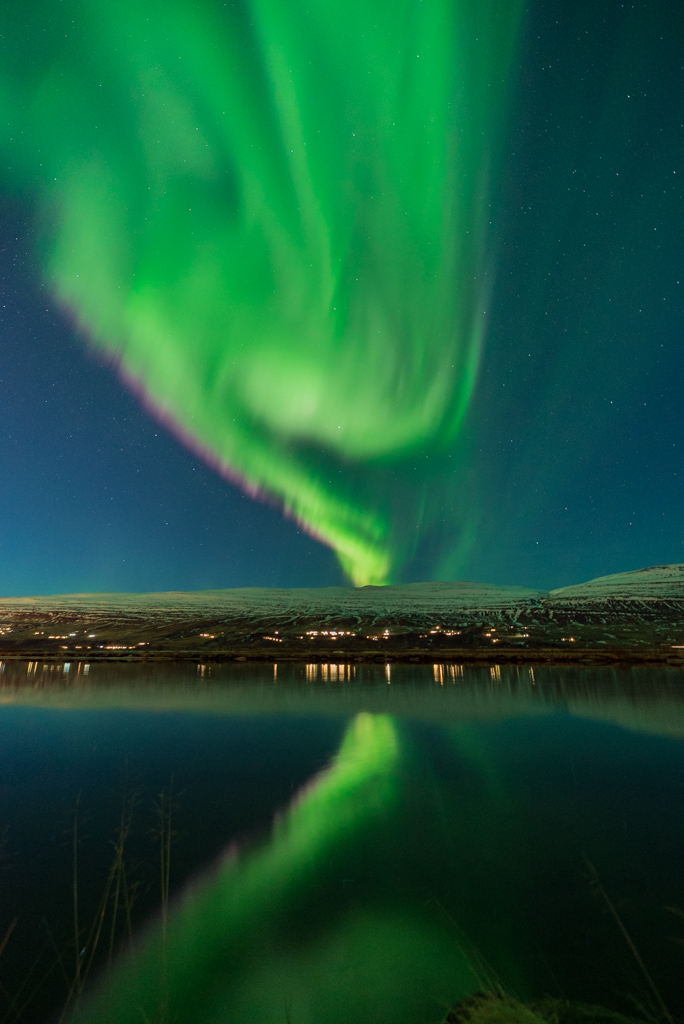
Aurora Boreal en Akureyri
¿Qué tengo que llevar para mi aventura con las auroras boreales?
Para que tu caza de auroras sea cómoda y exitosa, esto es lo que necesitas:
Elementos esenciales de ropa
- Capas cálidas, cortavientos e impermeables
- Gorro, guantes y calzado resistente
- Calentadores de manos y pies
💡 Consejo profesional: Vístete en capas y evita el algodón: la lana es lo mejor.
Comida Y bebida esenciales
- Termo con bebidas calientes (nos gusta el té de jengibre o el chocolate caliente)
- Aperitivos (el regaliz aumenta la presión sanguínea y te mantiene caliente, por eso es tan popular en Islandia)
Equipamiento esencial
- Lámpara frontal (con opción de luz roja)
- Manta y silla plegable
Esenciales de fotografía
- Cámara o teléfono móvil con modo manual
- Trípode
- Baterías de recambio
¡Con el equipo adecuado, estarás listo para una noche inolvidable bajo el cielo ártico de Islandia!
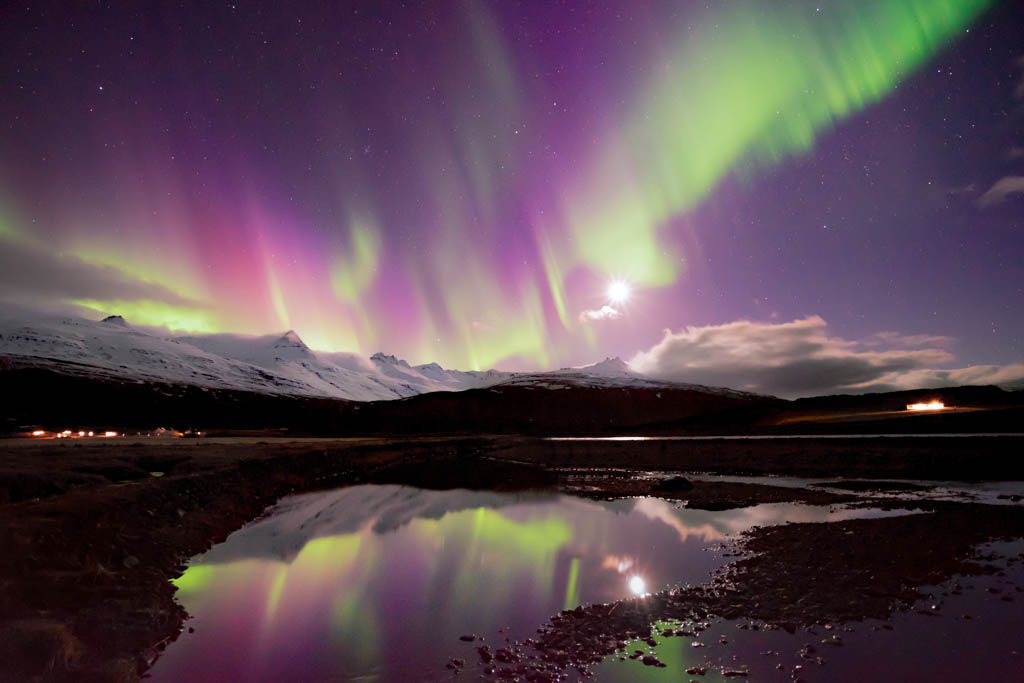
Los lagos y estanques crean hermosos reflejos.
¡Cuéntanos tus experiencias en los comentarios!
Únete a un tour guiado para ver Auroras Boreales
Preguntas frecuentes sobre la aurora boreal
1. ¿Puedo ver la aurora boreal en verano?
No, el sol de medianoche en verano hace que el cielo sea demasiado brillante para ver la aurora. Planifica tu viaje para los meses de invierno.
2. ¿Qué colores puedo esperar ver?
El verde es el color más común, pero bajo una fuerte actividad solar se pueden observar colores rosa, rojo y morado.
3. ¿Están garantizadas las auroras boreales?
Aunque las auroras ocurren todas las noches, la visibilidad depende del clima y la actividad solar. Muchos tours ofrecen una garantía para reintentar si no las ves.
Recursos Externos
Mejora tu conocimiento sobre la aurora con estos recursos confiables:
- NOAA Aurora Forecast – Actualizaciones en tiempo real sobre la actividad geomagnética.
- Space.com Northern Lights Guide – Aprenda sobre la ciencia detrás de la aurora boreal.
- Visit Iceland Official Site – Planifica tu viaje a Islandia con facilidad.
Siguiendo esta guía, estarás bien preparado para disfrutar de uno de los espectáculos más mágicos de la naturaleza. Tanto si estás planeando tu viaje como si ya estás en Islandia, ¡la aurora te espera!

